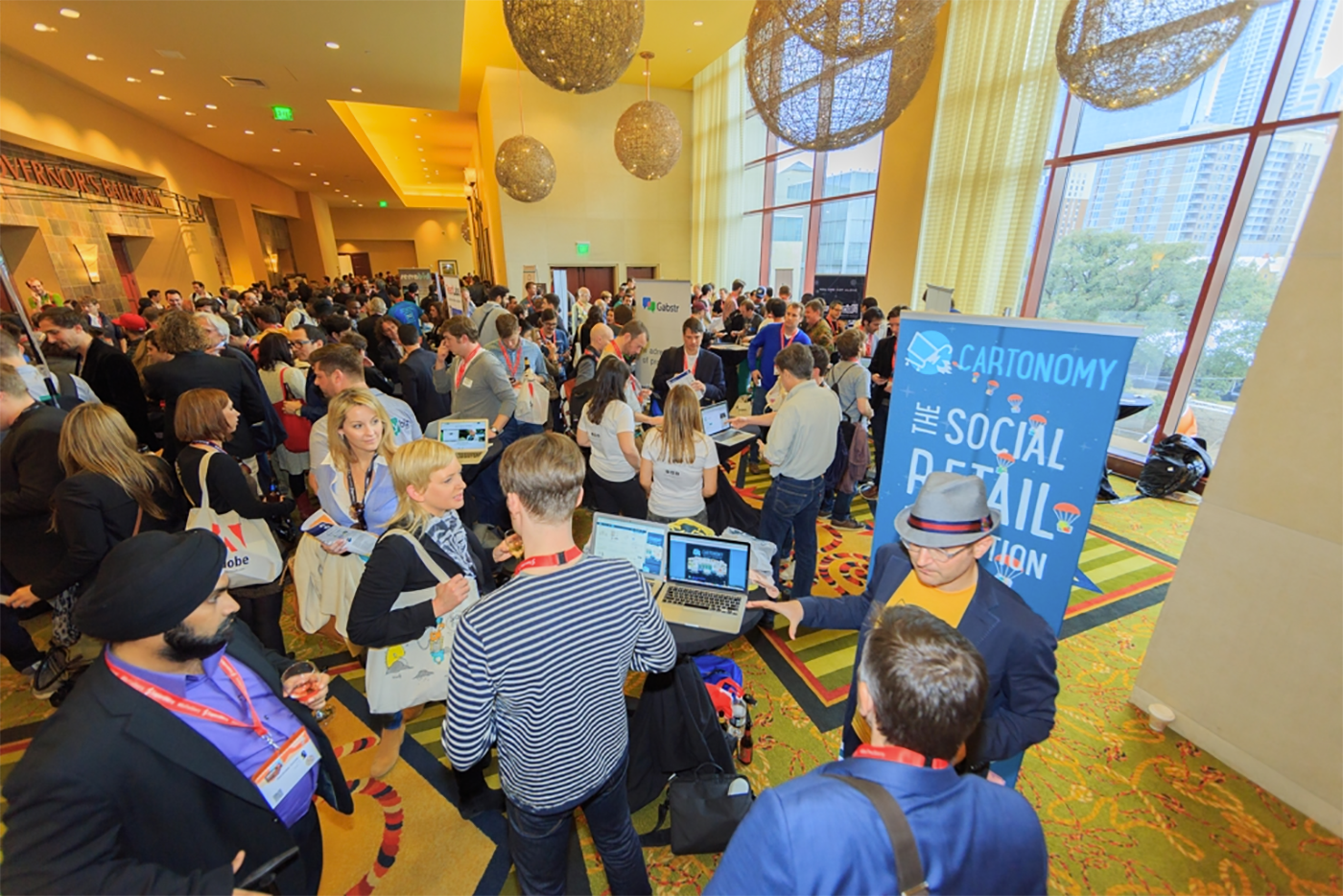SXSWi 2013 Highlights

As per usual, our office was a murmor the week before SXSWi as we researched speakers, compared schedules, and generally looked forward to digging into this year's interactive panels. And, as per usual, half of the anticipated talks were nothing like the course descriptions while the other half were so interesting we couldn't wait to get back to the office to relay poorly autocorrected ipad notes.
Here's a rundown of our favorite sessions, in no particular order:
Matthew Inman’s Keynote
#askinman – @oatmeal
If you don’t know Matthew Inman, you must at least you know some of his work. His keynote was witty, humble, and kept the audience giggling throughout. He mostly spoke about himself – how he got where he was, his prior career as a web designer, his latest campaigns to raise funds for Wardenclyffe / Nikola Tesla, and then took questions via twitter for the last 20 minutes or so. We were impressed at his incredibly successful foray into crowdfunding, and it’s pretty awesome to see a comic artist be able to raise so much money for charity and other noble causes. All in all, we thought he really came across as a guy you’d want to have a beer with.
Designing for User Generated Chaos
#ugchaos – @henrikkberggren @natbat @jans @nicoperez
We found this panel incredibly valuable, and it was presented by some very intelligent and well organized panelists. The talk was basically on how to accommodate and design for sites with user input – such as forums, comments, user-controlled tags, etc. The panel discussed how to solve the “blank page problem,” and ways to encourage users to fill out profiles or data, such as completeness levels, shadow profiles, etc, as well as incentivizing users to create content and lowering barriers to content creation. They discussed some standout site models that solve these problems – such as Pinterest’s now famous onboarding process (“Click on a few things you like”), and Tumblr’s invention of the “reblogging” functionality. They also discussed ways to dissuade trolls from bothering other users, and ways to encourage normal users to become curators and maintain reputation, such as the point system on Reddit or Stack Overflow.
Awe Inspiring Typography You Can Do Now
#webtype – @fontdeck
This was a good talk on how to make web typography not suck – which it often does, because of the limitations of loading time, browser glitches, and mobile displays, etc. Some of the best takeaway points we hope to use soon:
- Hyphenate sections of small text where the text wrap is more noticeable, or just for mobile, where screen size limits text length. Here’s a quick description on how to add in hyphenation via css.
- On super wide screens, consider the option of splitting text into two side-by-side columns to reduce line length. A good line length is usually anywhere between 45-75 characters.
- Treat numbers as letters so they don’t stand out: in paragraphs, use old style numerals if the font supports it, so they look more like letters and are easier on the eyes. You can pull in the opentype font feature settings with css3 if the font allows for it. “Onum” 1, “pnum”1
- For all caps acronyms, you can put in all small caps via CSS. To do this, you will need to access the open type features embedded in the font.
The Real Responsive Process
#rwdprocess – @AaronGustafson @SamanthaToy @hellofisher @yeseniaa
One of the major themes lat year at SXSW 2012 was “wake up responsive web design is here”. This year, with a year for trial and error, many came back to SXSW with solid feedback on what doesn’t work when handling a responsive web design project.
We attended several of the Responsive Web Design talks, but the most fruitful was “The Real Responsive Process.” In this talk panelists discussed what a successful responsive design process looks like for everyone in a company from beginning-to-end with the understanding that responsive web design is completely different so you shouldn’t be stuck on old processes. A few process highlights we’re going to employ — get all departments involved/on board from the beginning, start with content first, and focus (and get the client to focus) on modular messaging.